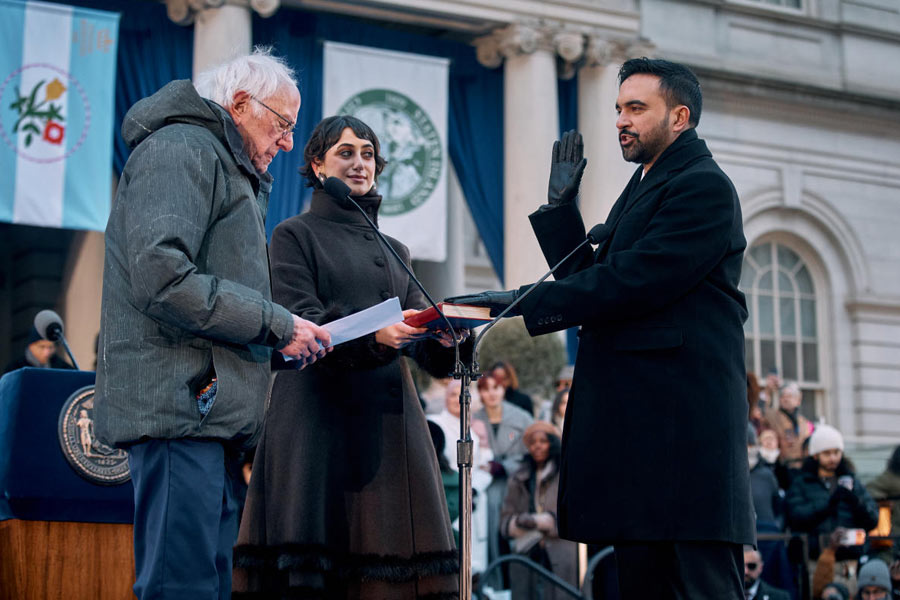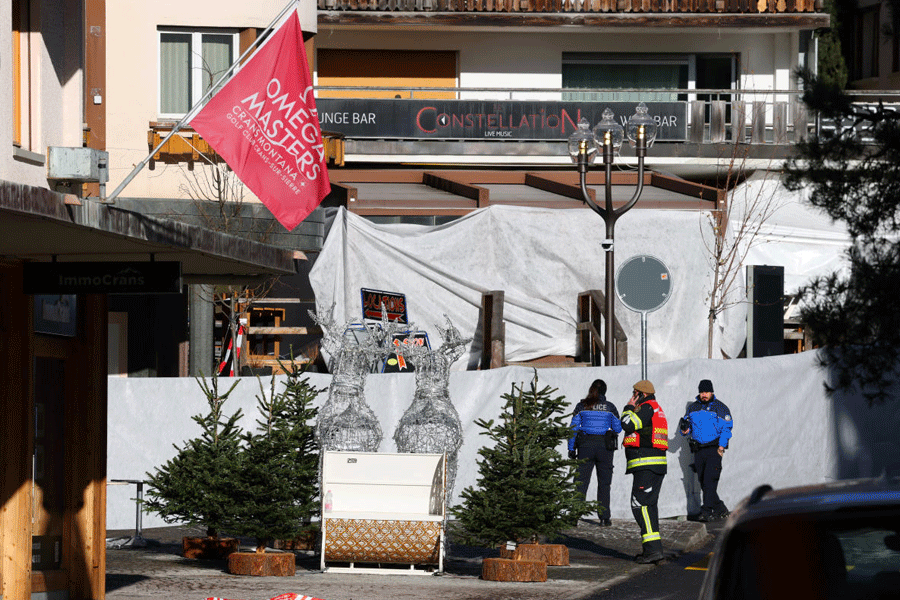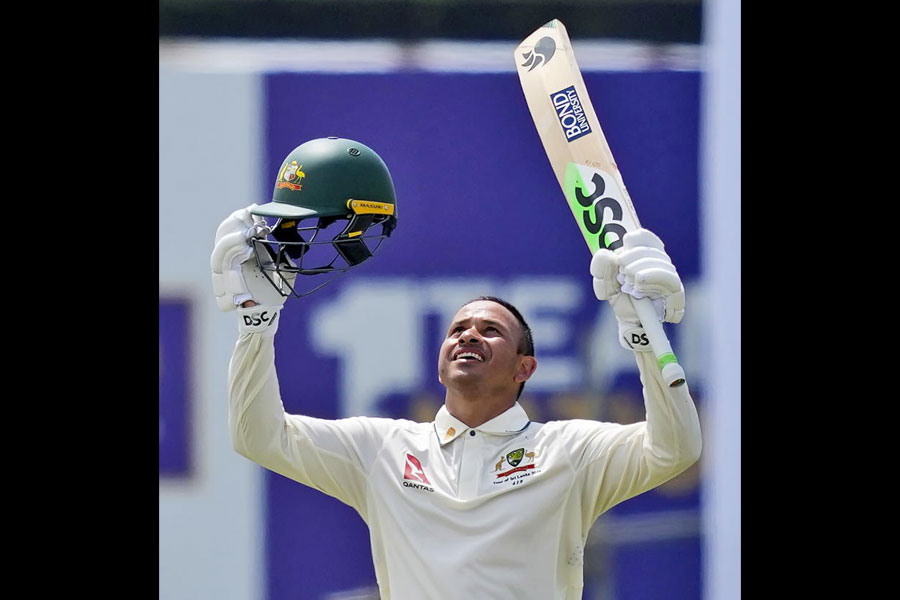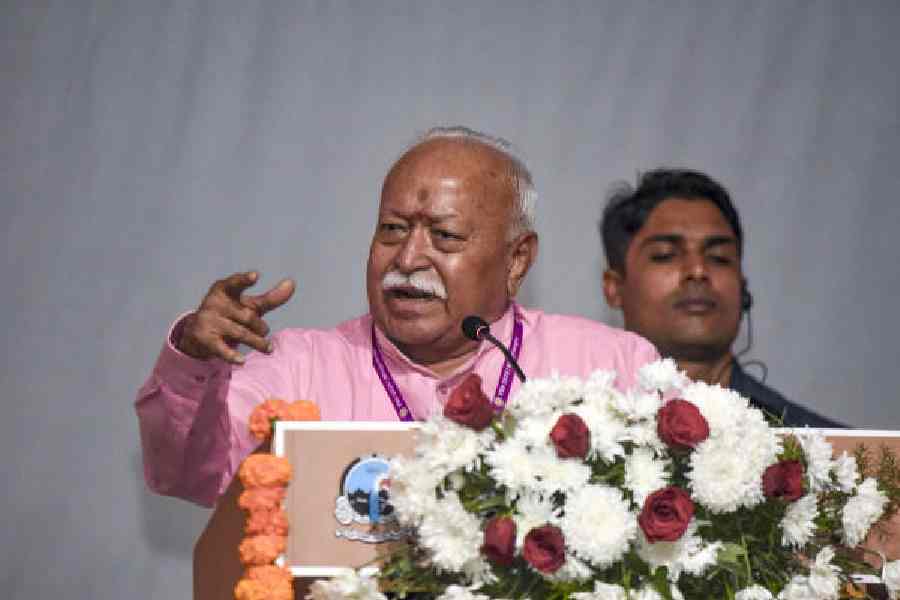|
|
When I joined publishing exactly twenty years ago, almost the first manuscript I was asked to handle was the second volume of a now internationally famous history series called Subaltern Studies. Having studied and enjoyed the writings of courageous pacifists, novelists with ivory-towerish inclinations, and anti-Nazi propagandists (Forster, the Woolfs, Russell, and the group known as the “Bloomsberries”), my first instinct was to try wriggling out of handling a script on what sounded like the military history of the depressed classes and of Ambedkarites in uniform. Like everyone else, I knew the dictionary meaning of “subaltern”: a subaltern was a junior officer, a second lieutenant, or a fellow even more subaltern than that, a general dogsbody who was made to fetch and carry and who spent his life saluting his thanks for the pleasure of being kicked about.
I ventured a few squeaks to express my reservations and unsuitability as an editor for a script dealing with such folk to my boss, the well-known publisher, Ravi Dayal — it was he who had agreed to publish the series at the end of the Seventies after prolonged discussions with the Subalternist guru, Ranajit Guha, but he froze me with the glare of a basilisk. I remember that glare. Those who have read Billy Bunter, that wonderful public-school series in which a fat subaltern boy is harassed and bullied by his super-ordinate classmates, including a collaborating Nabob of Bhanipur called Inky, will recognize the allusion when I say that the Dayalian glare that day was of Quelchian proportions. It was not, shall we say, calculated to warm the cockles of the heart.
Dayal said frostily that he himself had edited the first volume of Subaltern Studies and that it had been an education. With the iciness of a native who was actually an upper-class Bloomsberry Brit disguised in Gandhian khadi, he said he hoped that the subsequent volume, which he was pleased to hand over now, would confer a similar benefit upon me. He suggested that I might like to first read the first volume. I had learnt, in Britain, that such suggestions are somewhat more emphatic than the Ten Commandments. A pedigreed Englishman never does anything as vulgar as command. He suggests.
The series editor of that first volume, I discovered (as so many were beginning to discover twenty years ago), was outlining a new agenda for the directions that Indian history must take. In layman’s language, or as it might be said in a colonial Indian version of “Asterisk” (a fine publishing idea, by the way, which Amar Chitra Katha ought to take up), Ranajit Guha was saying that the colonial period was not just a prolonged physical battle between them goras and us kaloos, it was also an intellectual battle in which them goras had convinced us kaloos about our inferior history and culture.
The Vincent Smiths and their ilk in the colonial period and their more sophisticated Oxbridge successors, who were all stamped upon and then stamped by a notorious Seal made in Cambridge, had swamped the early colonial admiration for India in the work of William Jones and his Asiatic Society friends, and made us believe in our own subalternity, Bankim notwithstanding. We had all, in a manner of speaking, become subalterns and second lieutenants, saluting them saphedaas for the joy of being kicked around, supinely grateful that they gave us The Telegraph and The Railways, swallowing their propaganda that these were civilizing rather than exploitative agencies. Therefore it was now the kaloo historian’s task to deploy Antonio Gramsci’s concept of hegemony (that is, gradual brainwashing), in order to unravel the devious ways in which the goras perpetuated their dastardly colonialism both inside our heads and within Bharat Mata generally. Subaltern Studies, it became apparent, was not at all about close encounters with corporals but all about distant archival encounters of the corporeal kind; or as I’m sure Professor Gayatri Spivak of Columbia might say or has already said with her inimitable simplicity, “Subaltern Studies is merely all about the dialectical hermeneutics and the metaphysical specificities of the (obviously) gendered constitution of corporeality.”
“Can the Subaltern Speak?” is a much more complicated way of saying the same simple thing, and Professor Spivak has famously asked that notoriously complex question, setting the universities of the West on fire with the conceptual intricacies which she has, like John Donne’s “boxe in which sweets compacted lie”, compressed into her very first four-word formulation. Apparently in the universities of Chicago and Columbia, California and Johns Hopkins, like mathematicians busy cracking the Fermat Equation or the Fermi Theorem or whatever it is that mathematicians are currently cracking, they’re still trying to work out if s/he can. Speak, that is. Can S/he, the Subaltern, Speak?
In history circles now, you’re nobody if you’re not trying to work that one out. When you contribute meaningfully towards answering that question, and provided you use language that only Professor Spivak can decode, all of the Ivy League queues up to offer you a Chair. Not to be left behind myself, and expanding on that famous Spivakian formulation, the question that I, a low-down editor, had hesitantly asked Ravi Dayal was, “Can the Subaltern Editor Squeak?”, and been firmly rebuffed with a superior “No he can’t and even if can, we suggest he had better believe he cannot.” This had immensely enriched my understanding of how the subaltern actually feels and equipped me beautifully to edit Subaltern Studies.
Reading Ranajit Guha then, and later while editing his impeccably written taxonomic tome on India’s revolting peasants, Elementary Aspects of Peasant Insurgency in Colonial India (1983), it became overwhelmingly clear to me that, never mind the vocal chords of the subaltern, the Subalternist had enough for them both. Ranajit Guha was going to make the subaltern speak, he’d catch “h/er/im” (Spivakese for “her or him”) by the throat if he had to. The subaltern was going to speak via his superiors, the Subalternists, in their series, and how! Over the next twenty years, I edited all the volumes of Subaltern Studies that have appeared since then, the 11th one having been published just over a year ago.
In this stretch of time, it seems to me as the most subalternized editor in the known universe, that even if the subaltern could once speak, s/he’s fallen silent now, s/he can only gawp in awe at the idiom and language of anthropology, linguistics and philosophy in which alone s/he’s allowed to be spoken for. Personally, this tendency has made it difficult for me to take Subaltern Studies and the Subalternists too seriously.
Not that I have anything less than admiration for Ranajit Guha and the school he spawned, not that I have anything but regard and respect for individual Subalternist historians such as David Hardiman, Partha Chatterjee and Shahid Amin. Each has written some of the finest history books I’ve had the privilege of publishing. But the linguistic directions of the project have increasingly gone out of tune with my notion of fine writing and succumbed, in some senses, to what is acceptable in the elite American academy. For a series devoted to speaking on behalf of subalterns, this seems to me not just ironic but also sweetly funny.
Editorially, it has been a help, because language that is unfathomable is also uneditable. Over the years, my task has thus become easier. I have also found that years of friendship with the Subaltern editorial group have enabled me to pull their collective leg, and them to ignore my period barbs of frustration when I exclaim at the seeming nonsense that many of their acolytes now write. My greatest editorial pleasure in relation to Subaltern Studies and the Subalternists has, however, been the clear evidence, recently at hand, that the finest of them also possess the ability to undermine the dominant idiomatic practices of elite America.
To write with the enticing clarity of Amitav Ghosh after having shown the ability to spout sublime Spivakese is rather amazing. Partha Chatterjee’s A Princely Imposter?, Sanjay Subrahmanyam has pointed out, takes historical narrative and the normal human’s English further in the direction pointed towards by Shahid Amin’s Event, Metaphor, Memory. This is completely true. We now await the next Subalternist volume: David Hardiman’s Gandhi’s Ideas and their Global Legacy. I’ve just had a great time editing this, and as I edited it I thought that even if the subaltern were deaf and dumb, s/he’d manage to raise a loud “Hurrah” when s/he sees the utter clarity and quiet sanity with which this forthcoming book has been written.












